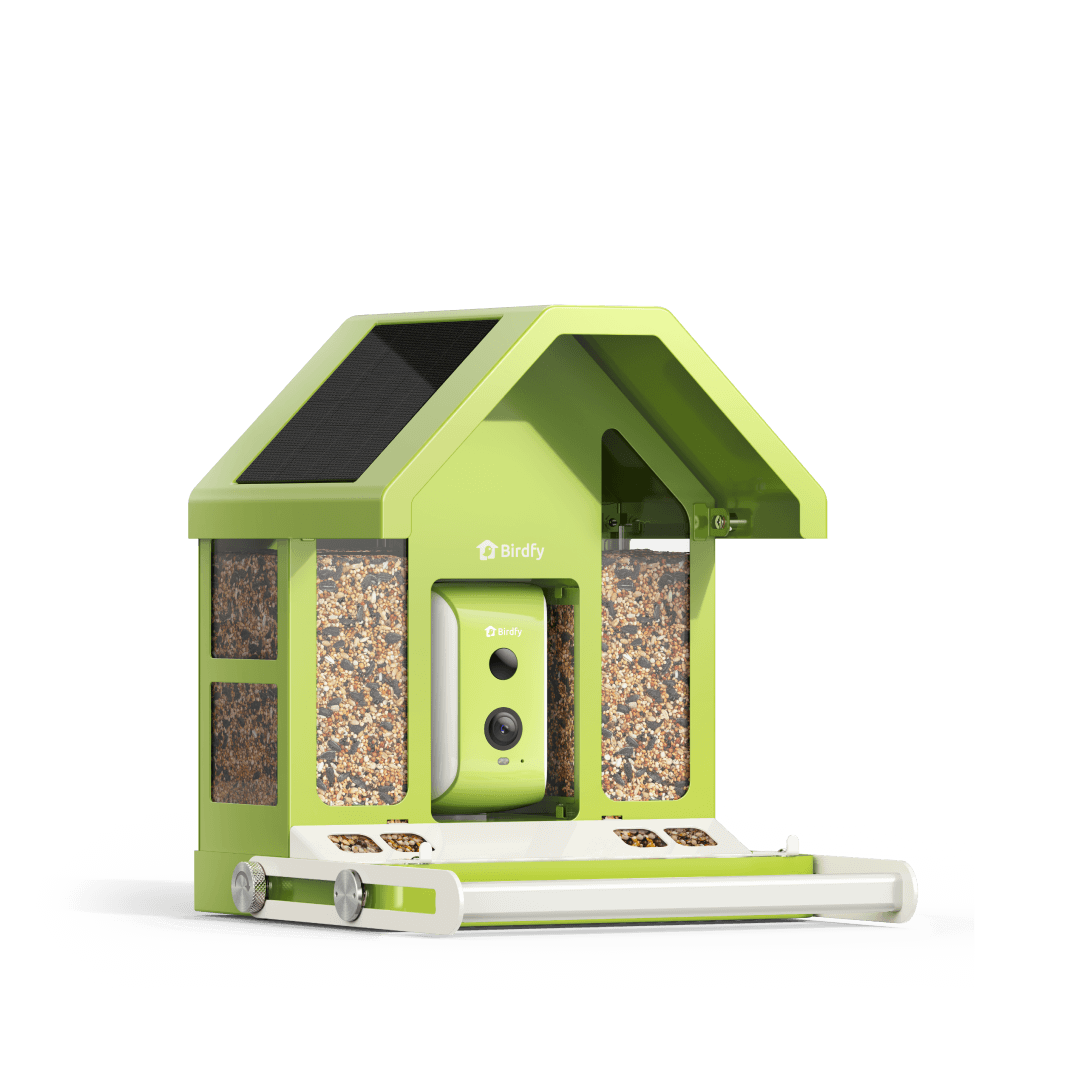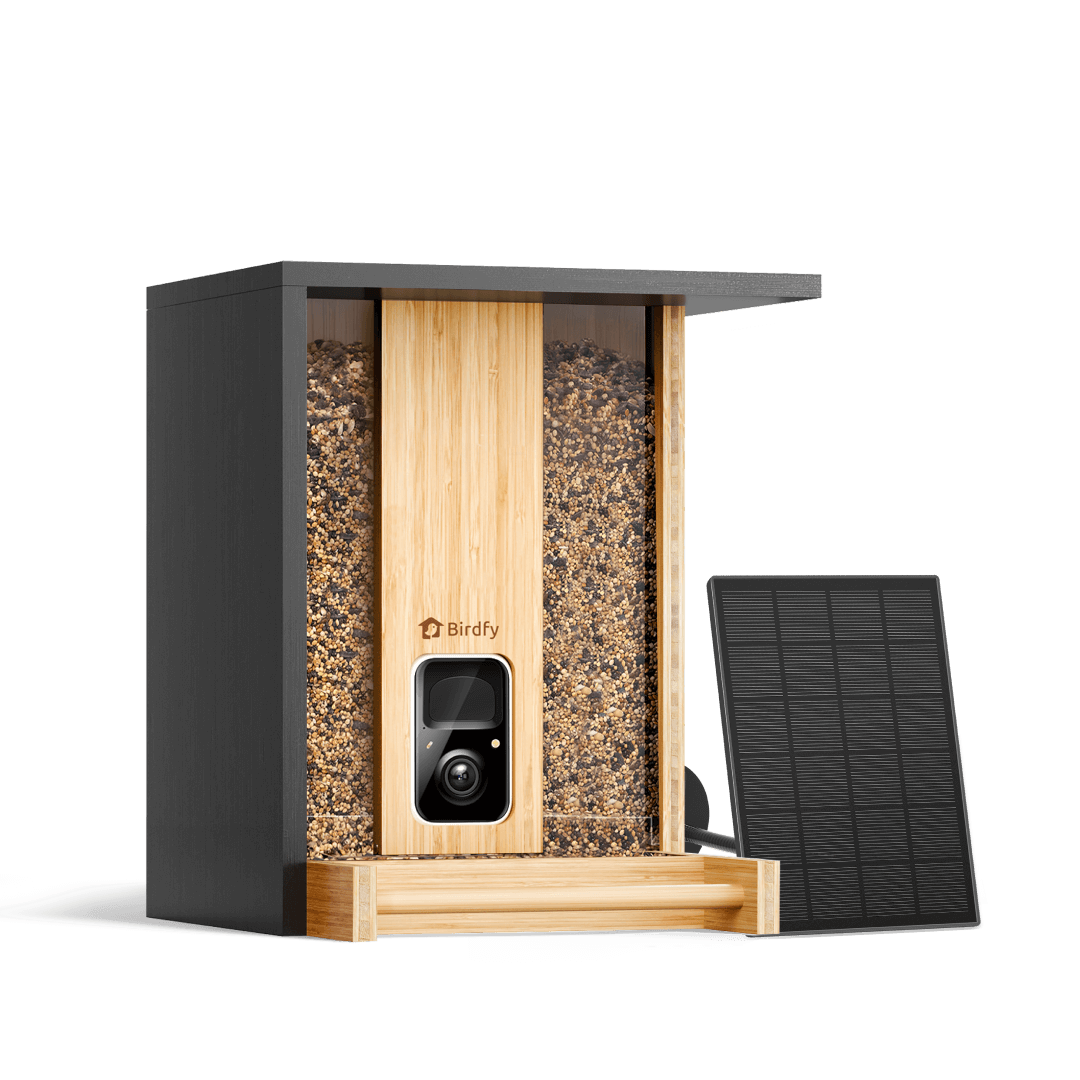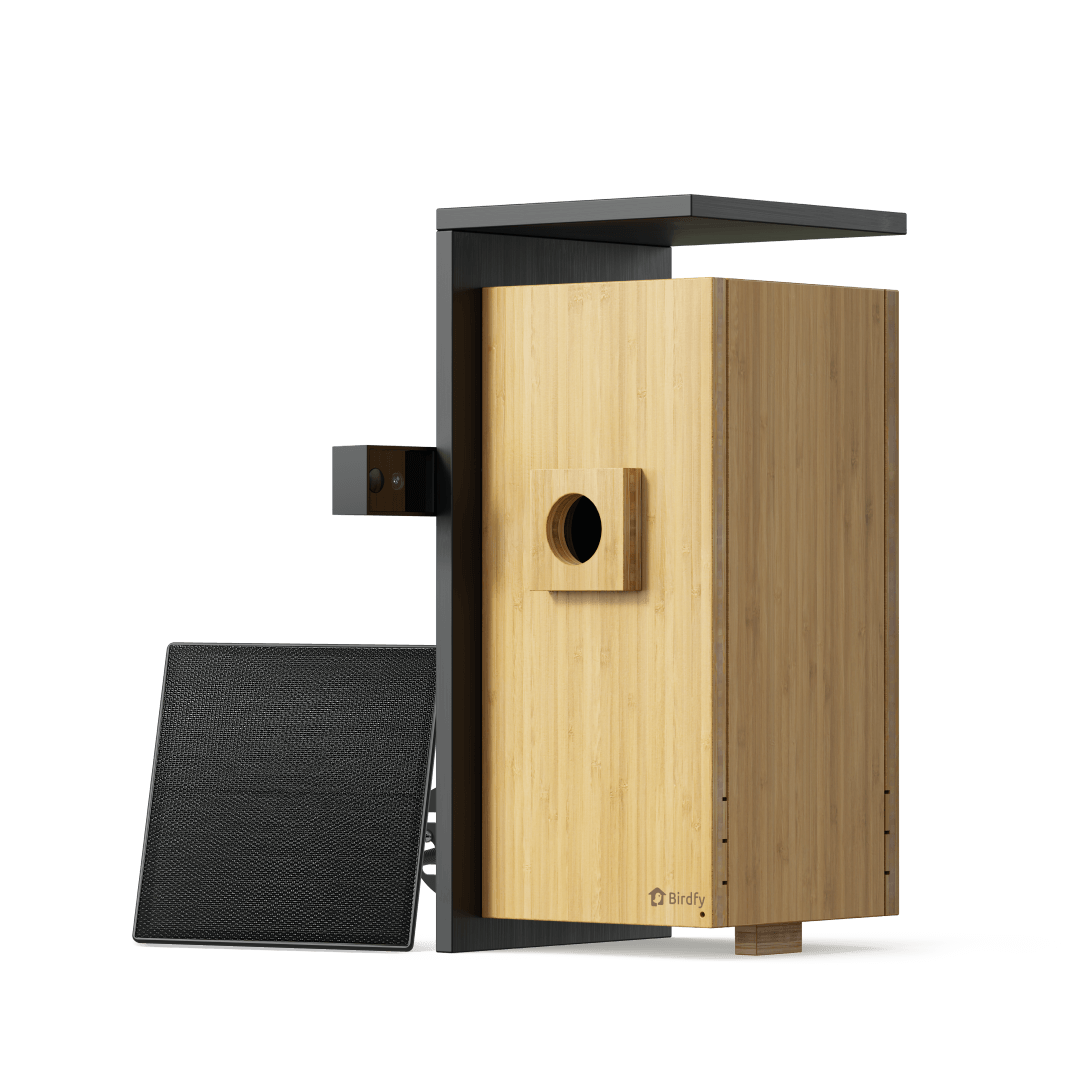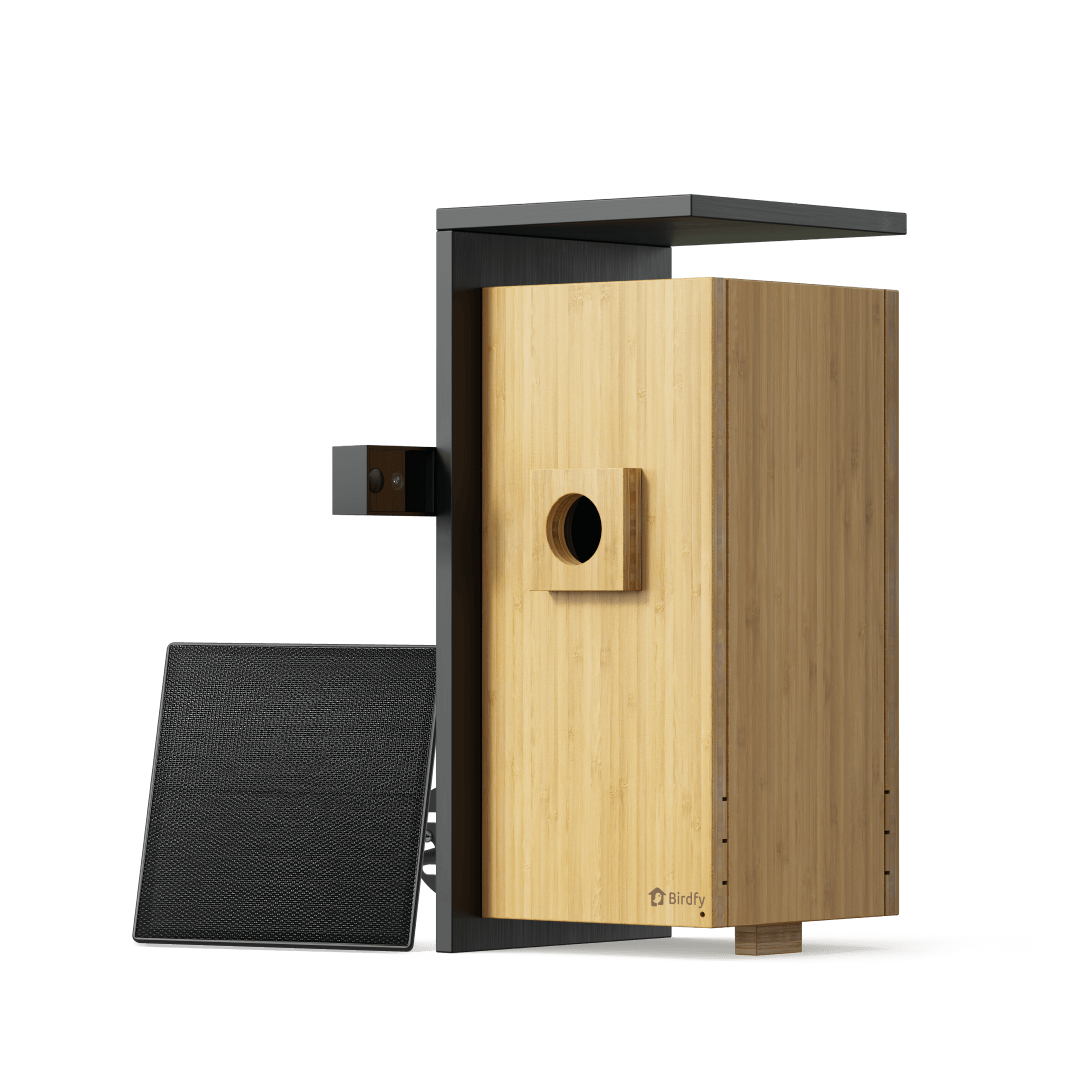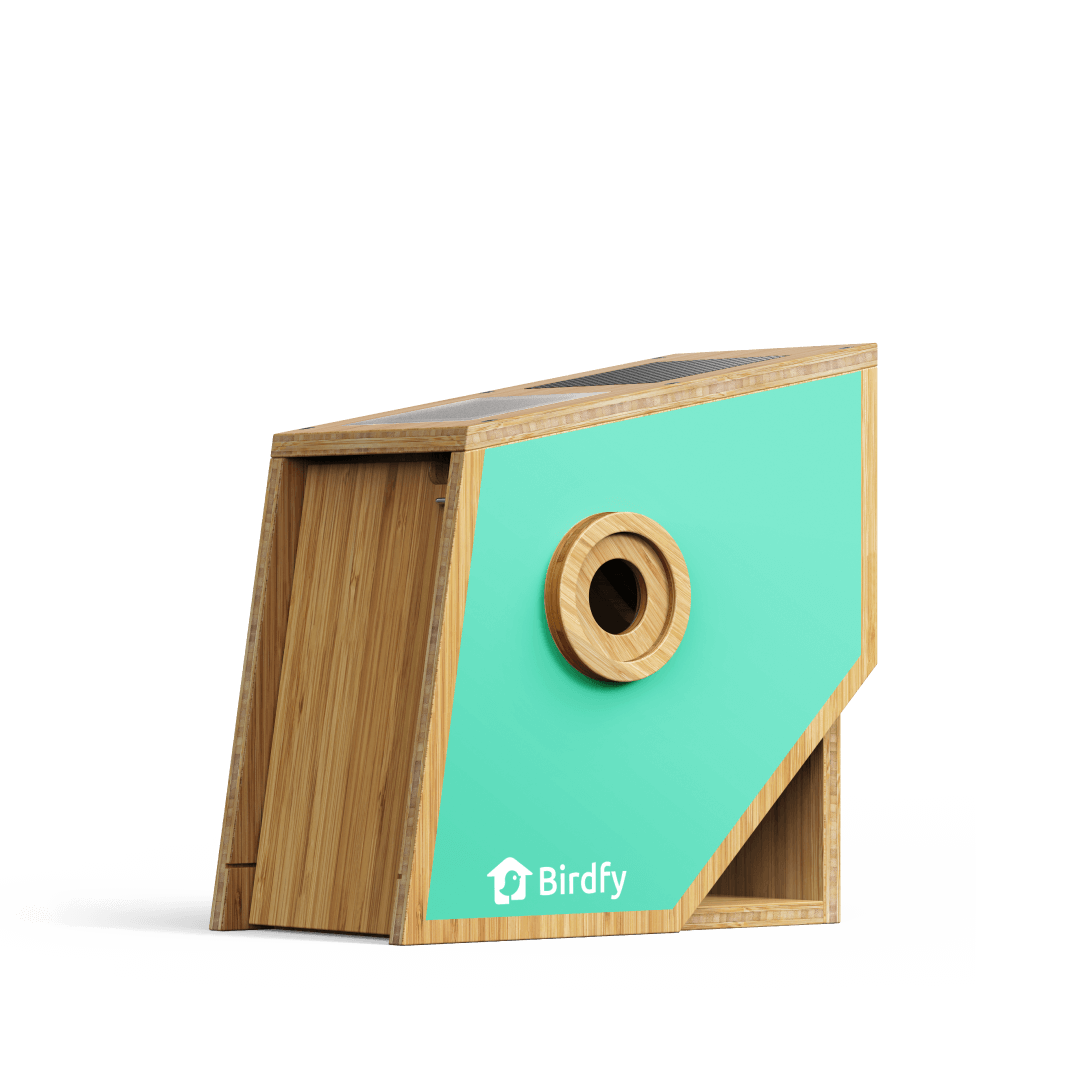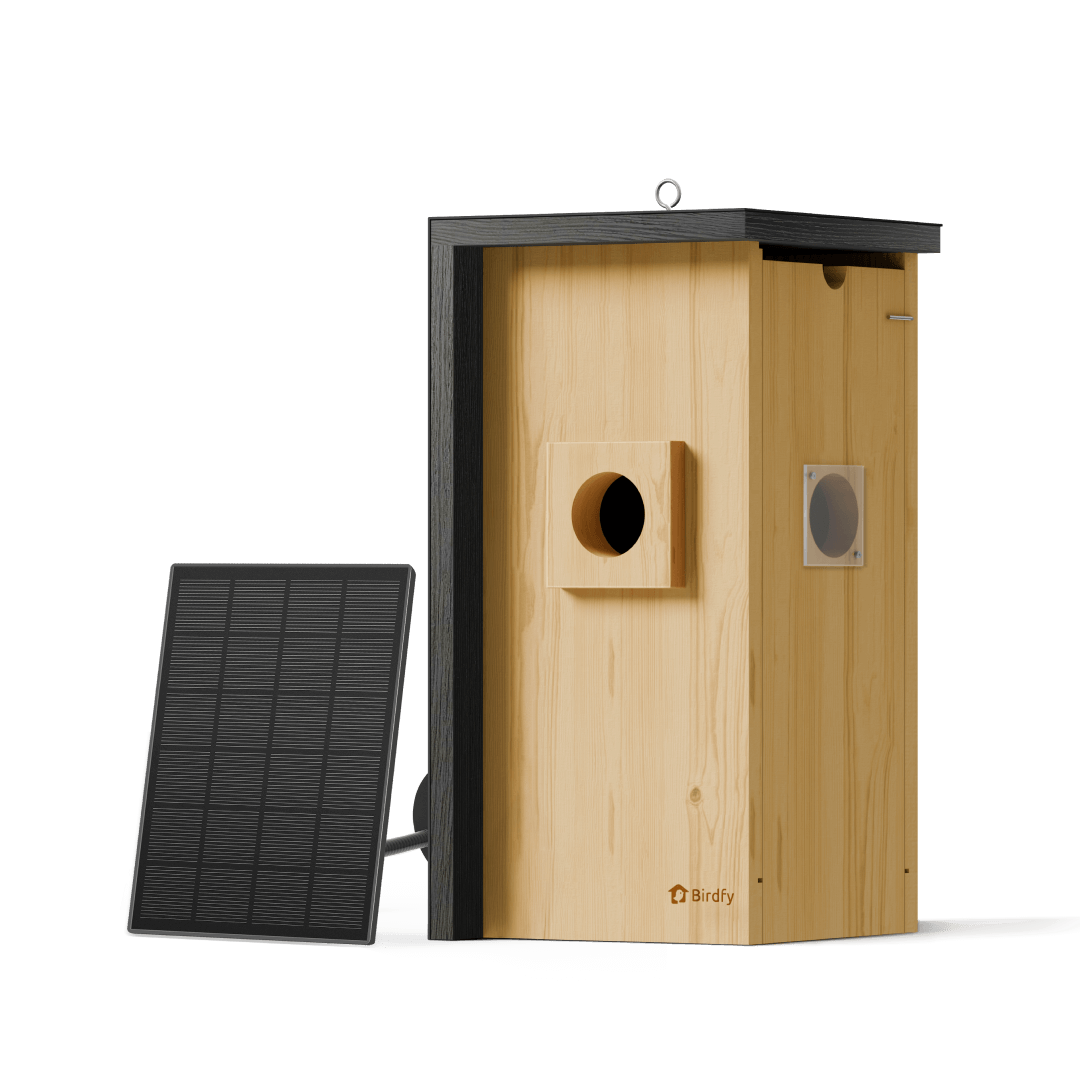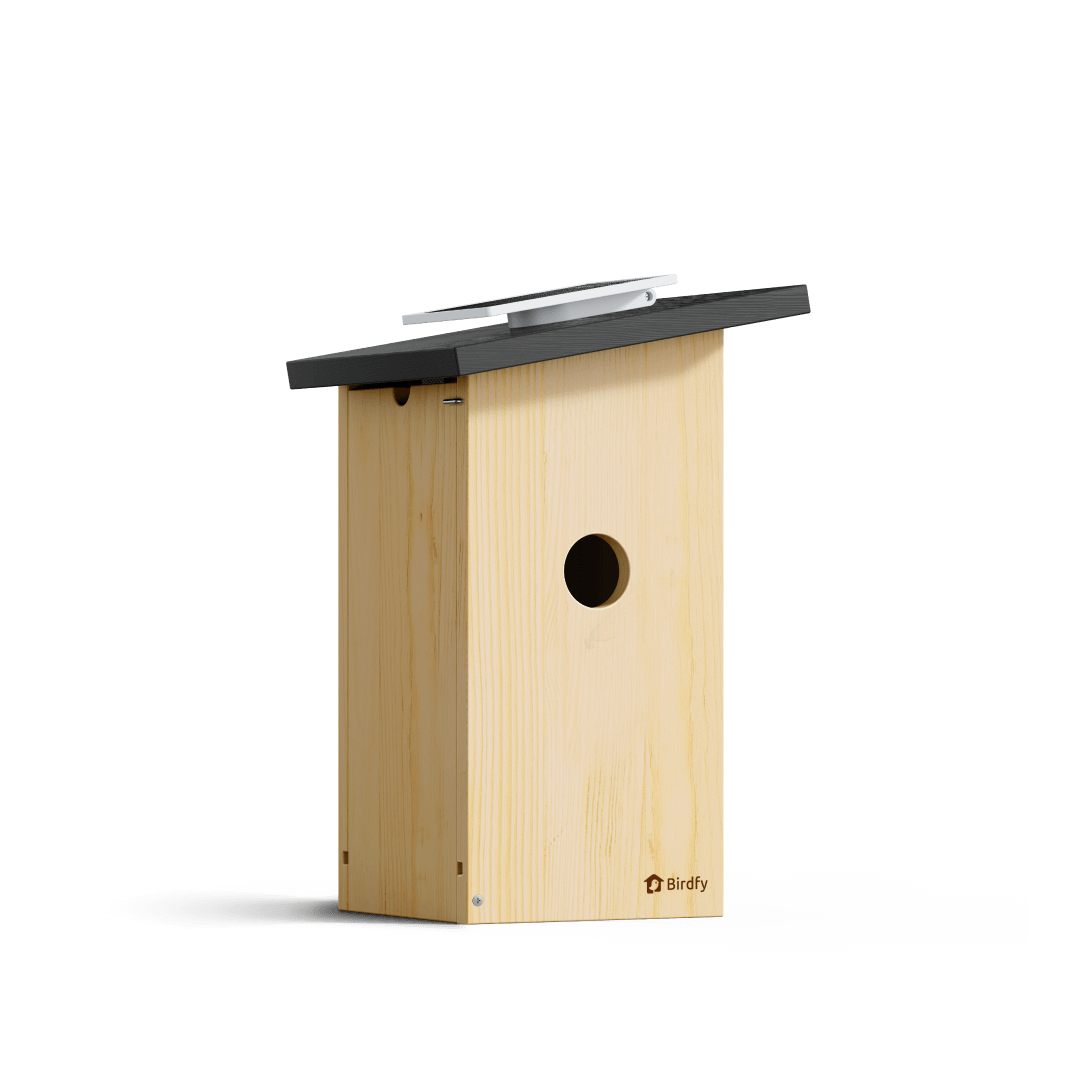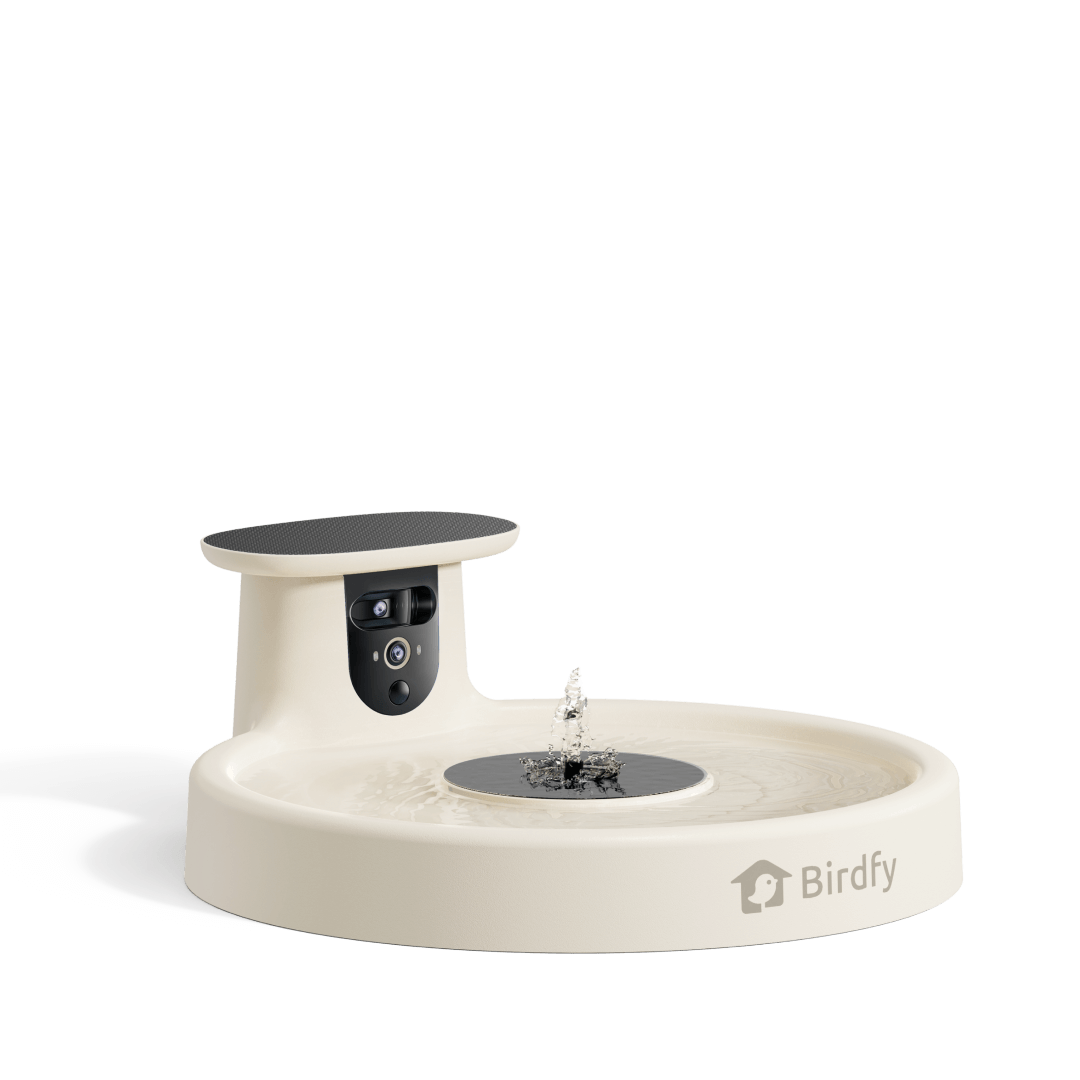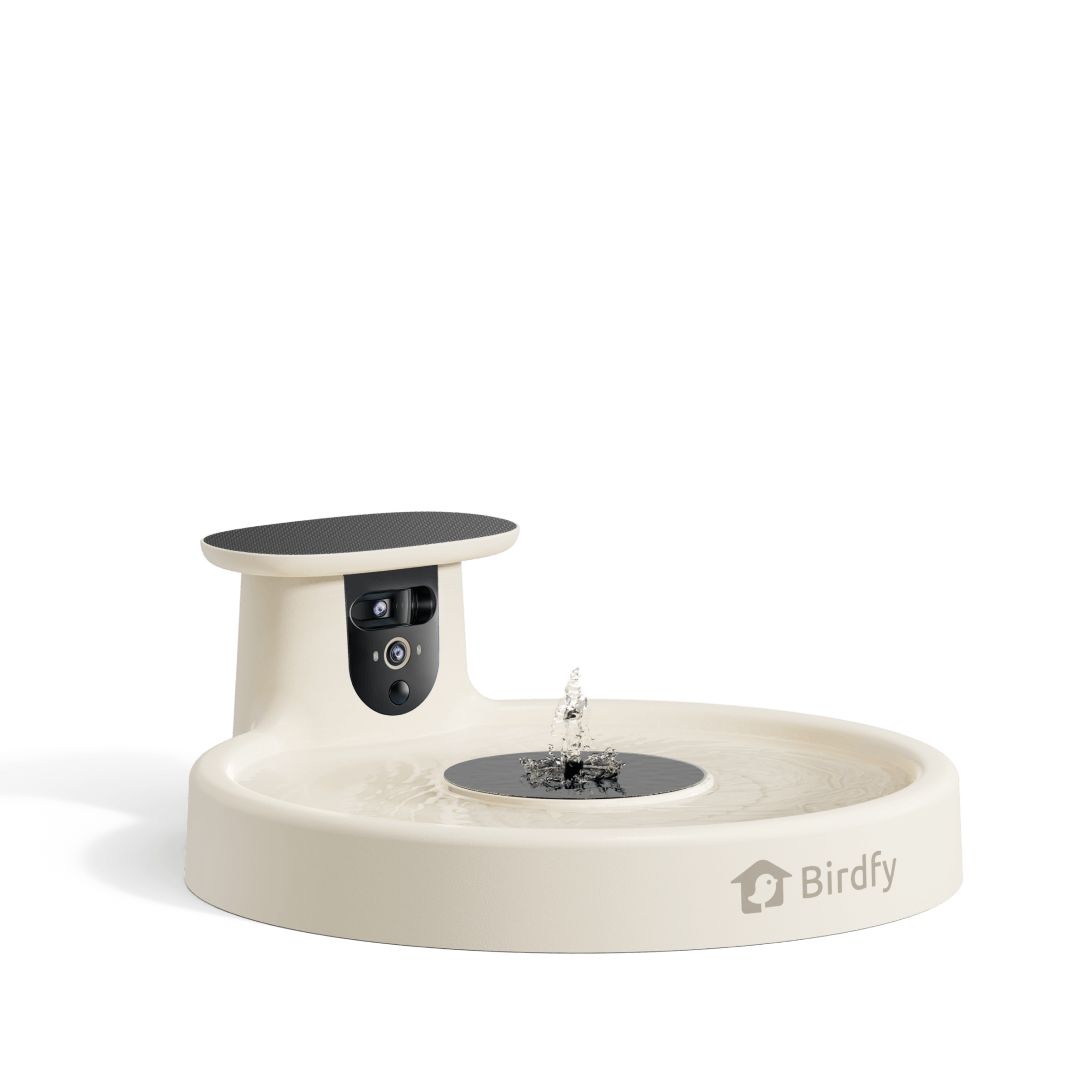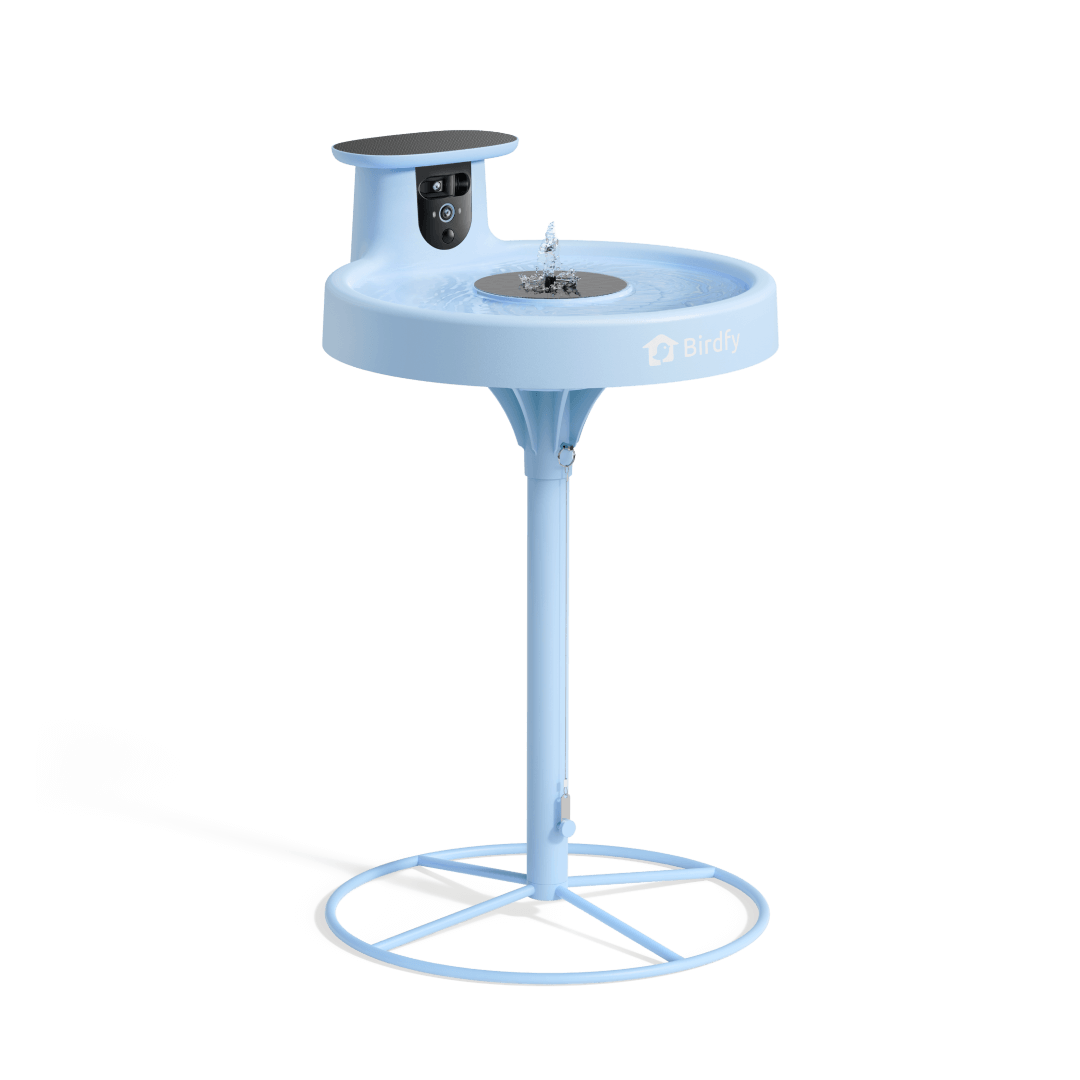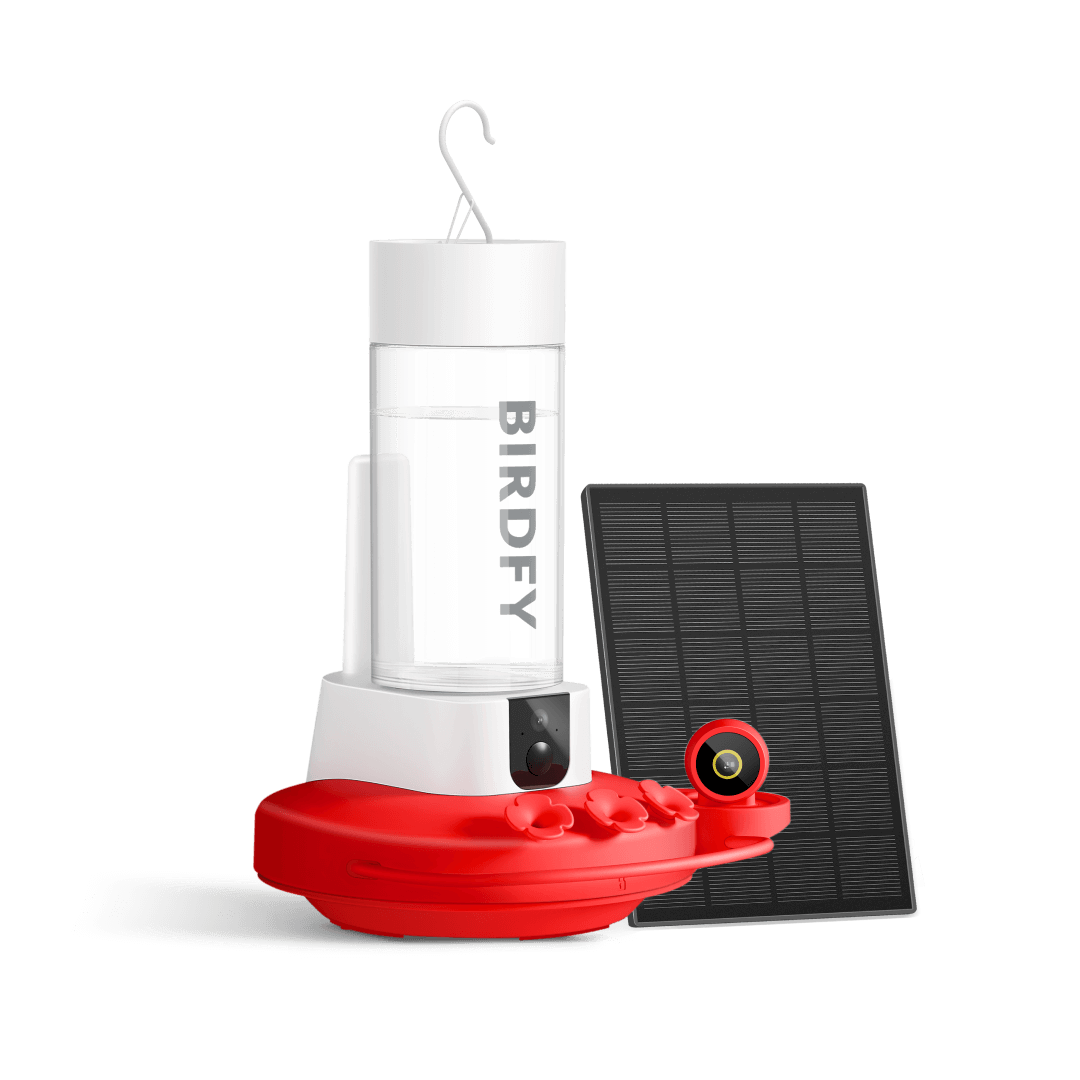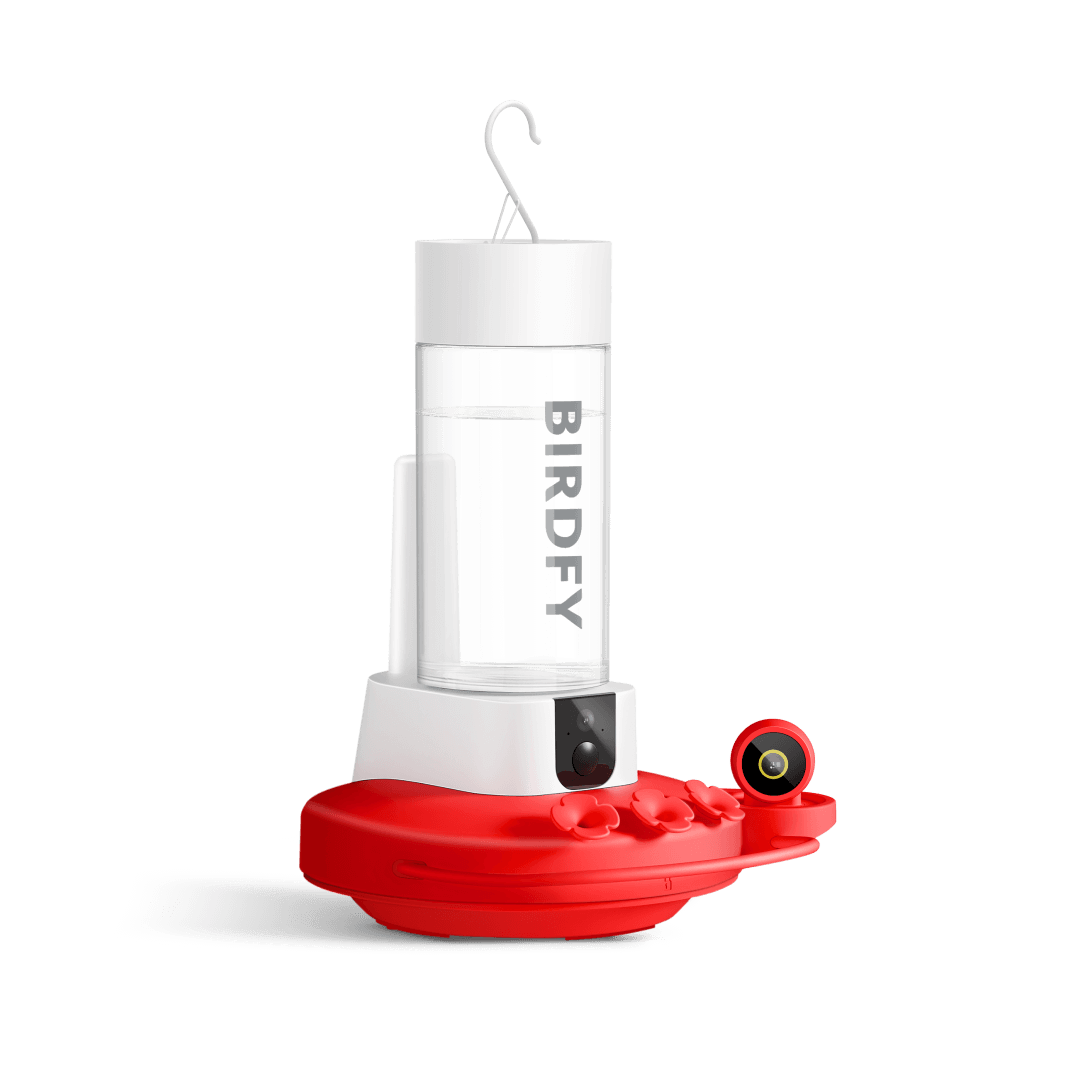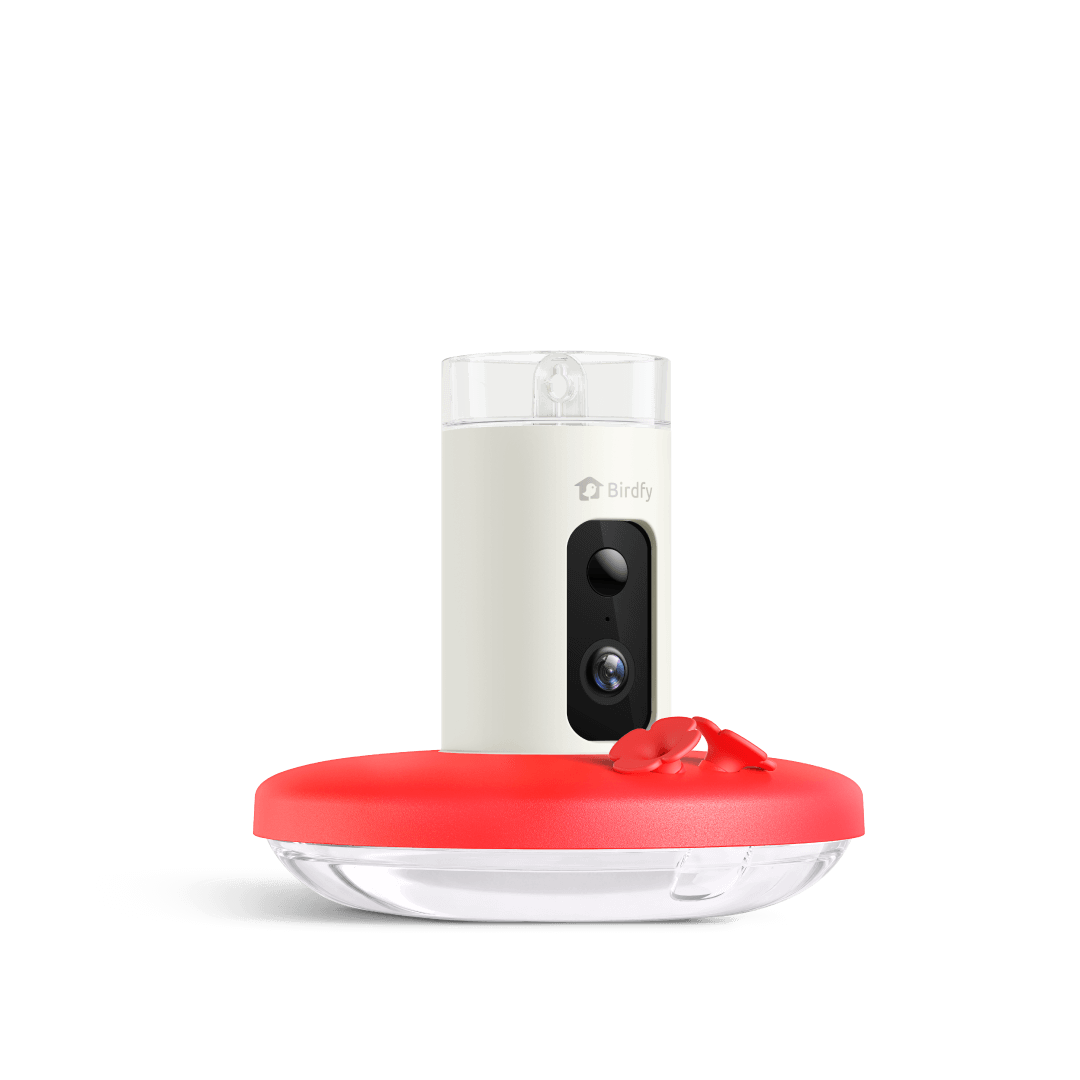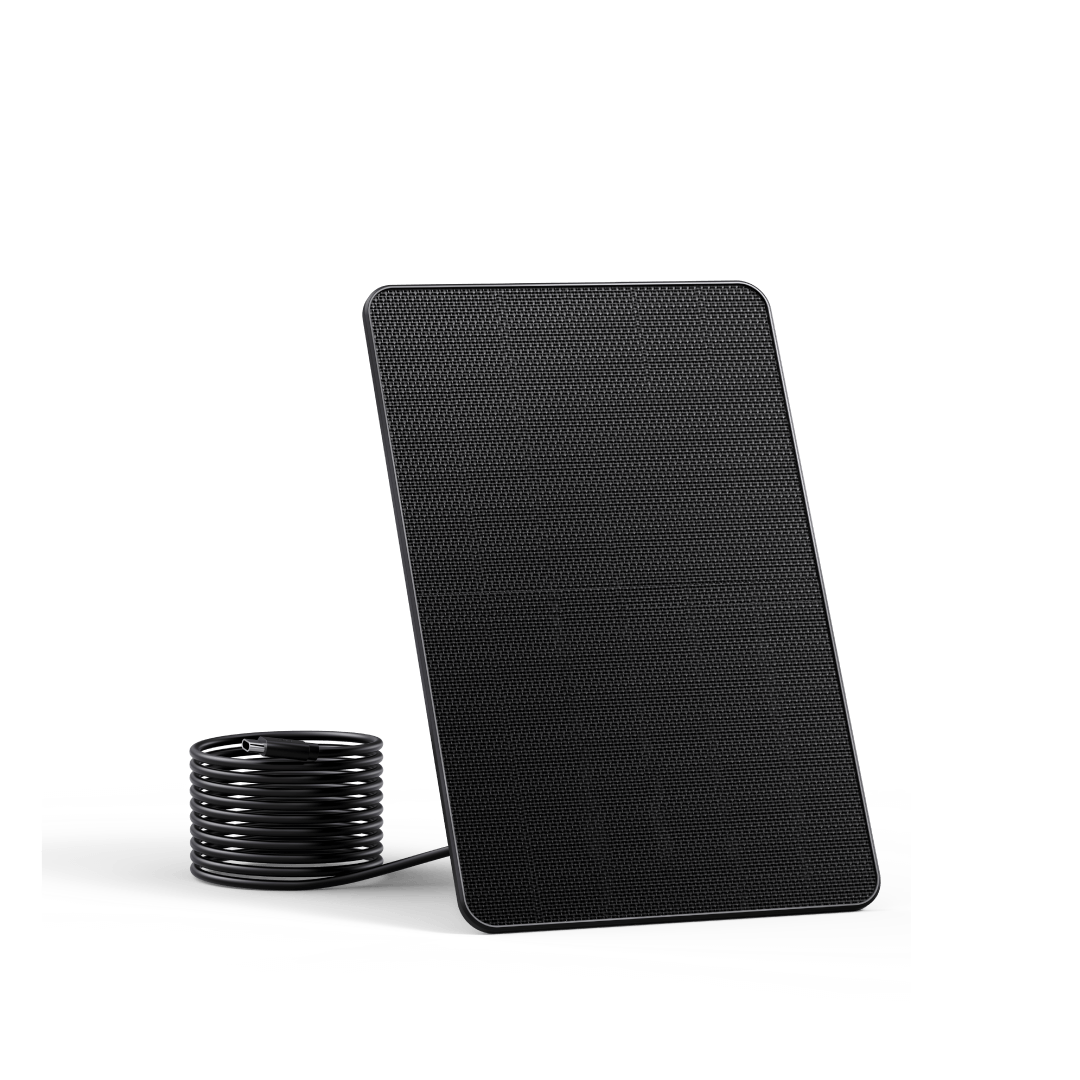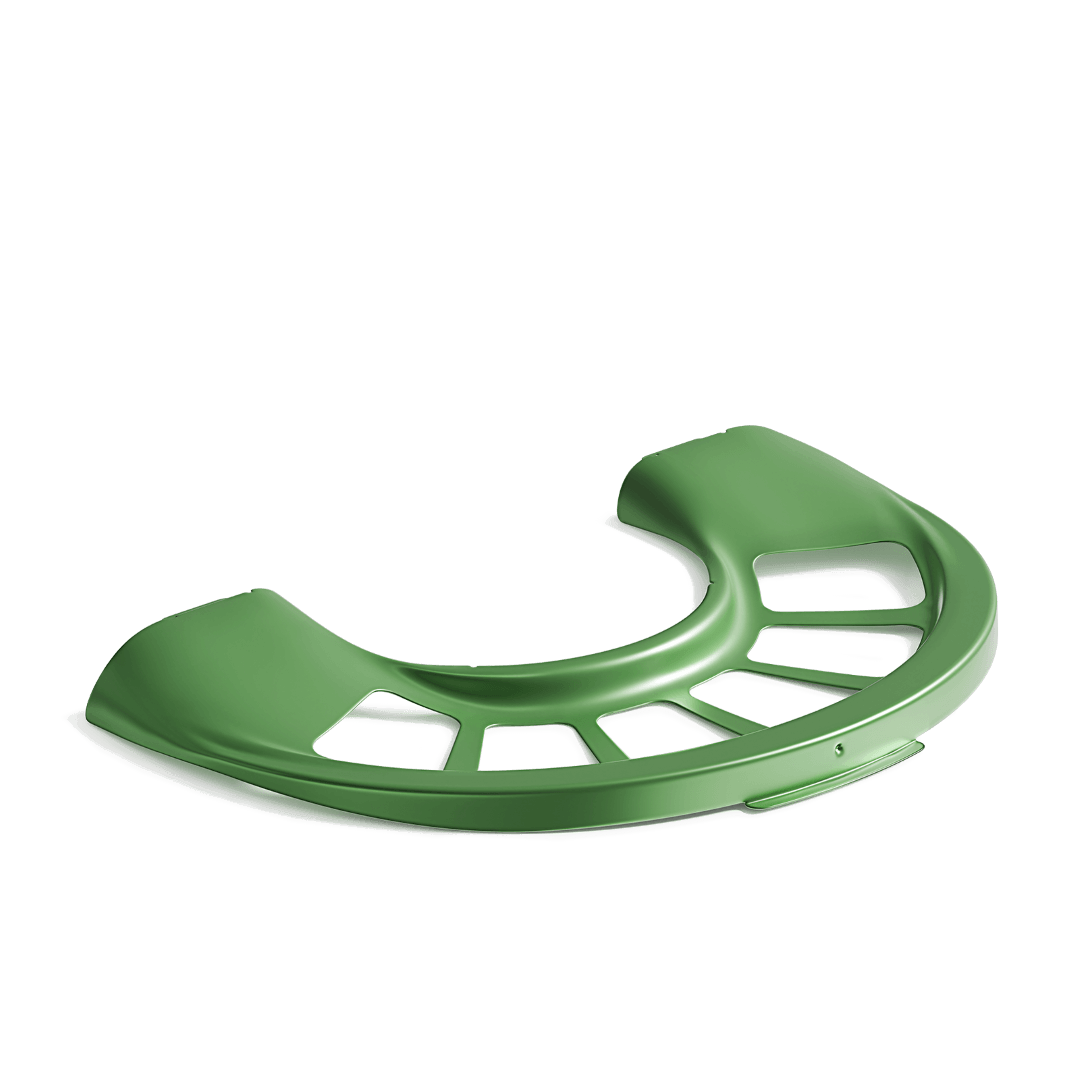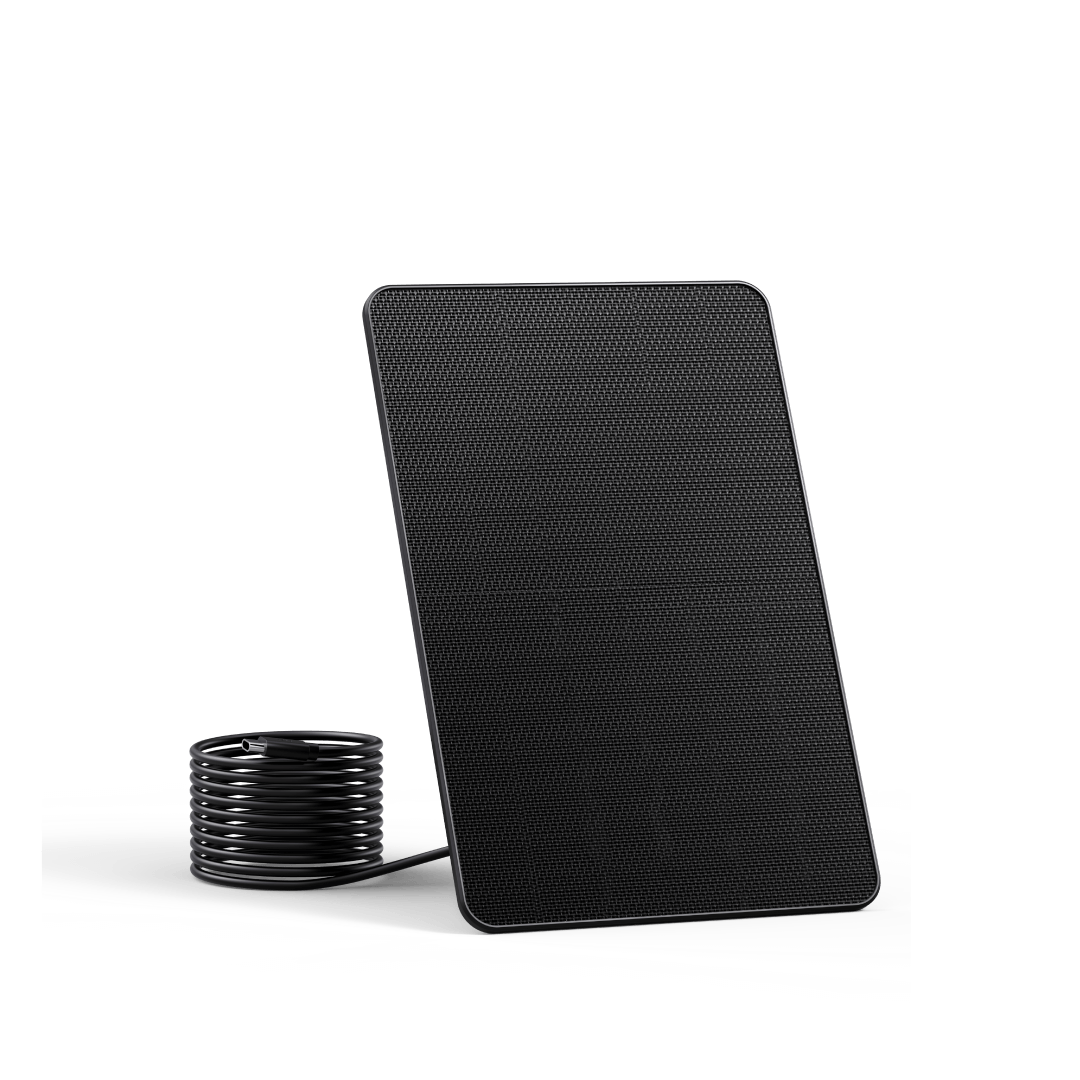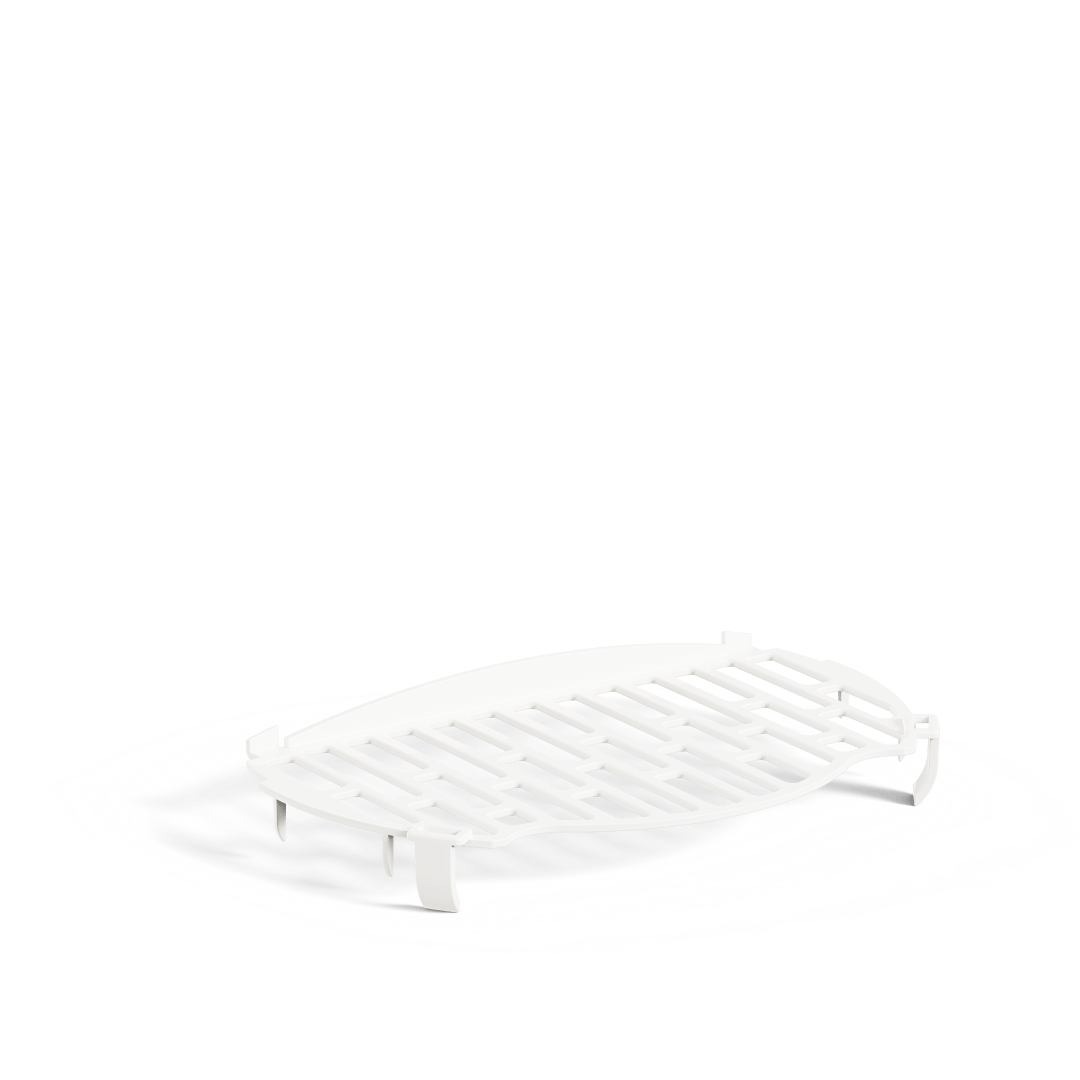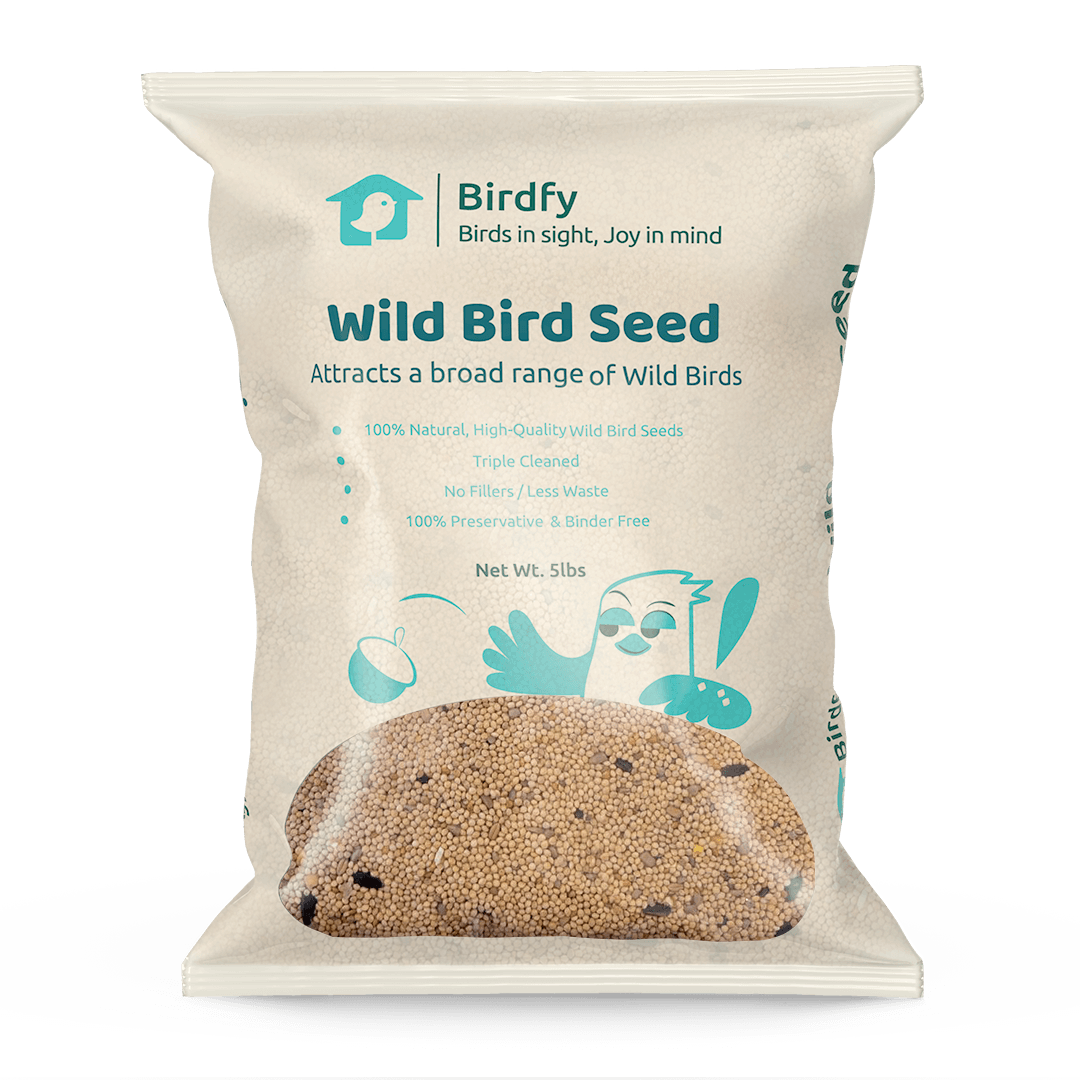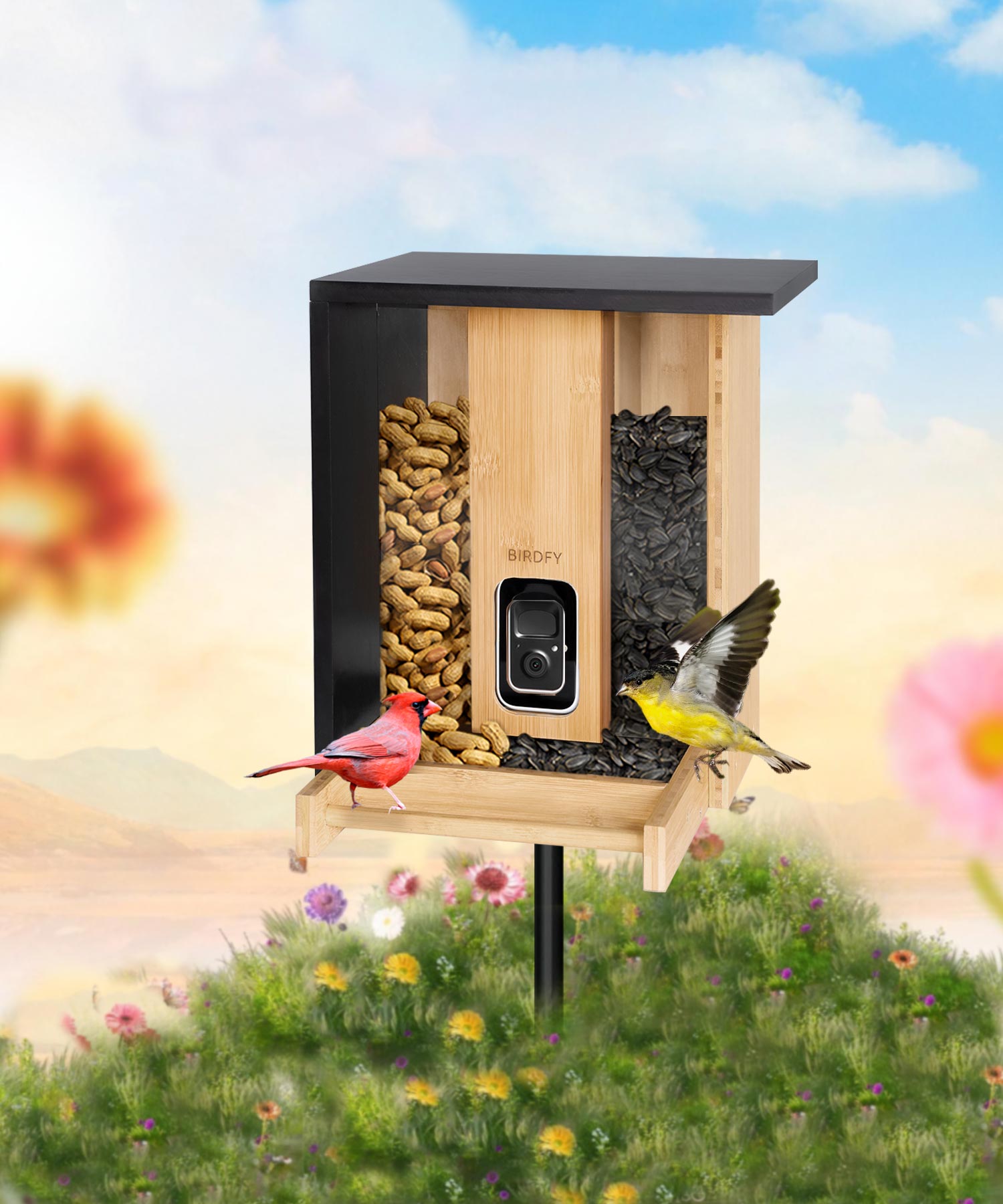How Many Megapixels Do I Need For Bird Photography?
Cameras help take clear pictures. Some take better pictures than others. A camera has megapixels, which support making pictures sharp and full of detail.

It must capture every little detail when taking pictures of small moving things. If the image is blurry, it will not look nice. A good camera permits you to make clear pictures. But megapixels are not the only thing that matters. Other parts are also helpful.
Too many megapixels can make pictures too big, which takes up a lot of space and requires a strong computer to edit. A balance is needed between megapixels and other camera parts.
Understanding Megapixels in Bird Photography
A megapixel is a tiny dot of color in a picture. Various dots together make an entire image. A 16MP camera means the picture has 16 million dots. More dots can help make the image sharp.

Why Are Megapixels Important?
A camera with more megapixels can show more details. It lets you capture small things like tiny feathers and patterns. A sharp picture looks better.
Sometimes, a picture is taken from far away. When zooming in, the details should still be precise. A higher-megapixel camera aids with this.
Are More Megapixels Always Better?
Having too many megapixels is not always good. A camera with very high megapixels makes huge pictures, which take up too much space on a memory card.
Big pictures also need strong computers to open and edit. If a computer is slow, editing will take a long time.
Also, more megapixels do not always mean better pictures. Other factors like lens quality and sensor size are just as important.
Recommended Megapixel Range for Bird Photography
A good camera should have enough megapixels to capture details, not too many, or the pictures will be too big.
A camera with 16MP to 24MP is a good choice. This range produces sharp pictures while maintaining a standard picture size.
Why Is 16MP to 24MP A Good Range?
-
Sharp Pictures – It captures enough details without making the image too big.
-
Good for Zooming – If a picture is taken far away, it can still look clear.
-
Easy to Store – The image does not occupy too much space on a memory card.
-
Faster to Edit – A computer can process the picture without slowing down.
Why Does Sensor Size Matter Too?
A camera has a sensor inside. It allows you to capture light and details. A bigger sensor is better because it takes in more light, which means more explicit pictures.
A small sensor with several megapixels can make bad pictures. It can create too much noise (tiny dots that make the picture look rough). A bigger sensor helps keep the image clean.
A camera with a suitable sensor and 16MP to 24MP is perfect. It captures sharp and bright images without any problem.
Birdfy's Approach to Bird Photography
Birdfy is a brand that makes special cameras. They are inside feeders and allow users to capture images and videos. They take clear pictures. Moreover, they use the correct number of megapixels—not too many—so the pictures stay sharp but not too big.

These cameras also have other smart features. They can record movement, work in daylight and darkness, and send pictures to a phone. Birdfy makes it easy to take photos without holding a camera. It does all the work, capturing moments that would be hard to see otherwise.
Birdfy Feeder 2 Pro: Features and Specifications
Price
The Birdfy Feeder 2 Pro is for a price of £239.99.
Hardware
Designed for bird enthusiasts who want high-quality footage, it comes with a dual-lens system, allowing users to capture birds from different perspectives:
-
2MP wide-angle lens (1080p resolution) for a broader field of view.
-
The device's front side features a 3MP portrait lens that shoots high-quality images in 2K resolution, focusing on the faces of people in the scene.
-
Night vision allows for capturing high-quality videos even in conditions of minimal light.
-
It requires additional power, which can be easily obtained from the solar panel in this location. It will enable the device to function continuously.
-
The thermostat's IP65 waterproof rating ensures it is safe from water and droplets, such as rain and snow. Hence, it is safe to use in rainy, snowy, or other harsh weather conditions that may introduce water droplets.
Software
It is compatible with the Birdfy mobile application, offering a user-friendly interface for remote monitoring. Features include:
-
The integration of live streaming to watch the birds in live mode.
-
An artificial intelligence option that can identify more than 6000 species of birds at shortcut.
-
A small screen will provide information such as the kind of bird visiting the feeder and its purpose.
-
Users can view the captured image or even review the captured video anytime.
User Manual
Storage
This model includes a built-in microSD card slot and supports:
-
Class 10 microSD cards up to 128GB for local storage.
-
Users can also access footage through the Birdfy app.
Inserting the MicroSD Card
-
Open the silicone cover located on the camera.
-
Insert the microSD card with the label facing upward.
-
Replace the silicone cover to ensure protection from dust and moisture.
Power and Charging
It is powered by a solar panel, which can be manually charged using the DC5V/1A cable provided in the box.
Charging Indicators
-
Solid yellow light: The device is charging.
-
Solid green light: It is fully charged.
Operation
-
Turning the camera on/off: Long-press the power button on the top of the camera.
Pre-Installation Notes
-
The camera should be charged completely before the first time use.
-
Operating temperature range: -10°C to 50°C (14°F to 122°F).
-
The IP65 waterproof degree can protect it from rain and snow, but it is advisable not to soak it with water.
-
It is compatible with wireless b/g/n but does not support wireless AC and the 5GHz frequency.
-
Direct sunlight on its lens should be avoided to prevent glare and overheating.
-
Install it with the charging port facing downward to protect it from water damage.
Birdfy Feeder 1: Features and Specifications
Price
The price of the Birdfy Feeder 1 is $219.99.
Hardware
A more straightforward yet effective bird feeder camera, the Birdfy Feeder 1 includes:
-
A single-lens system with a 2MP wide-angle camera (1080p resolution).
-
Night vision for clear recording in low-light conditions.
-
AI-powered bird species recognition.
-
The surface's IP65 waterproof design offers protection from rain or moisture, such as slobbering snow.
Software
It also integrates with the Birdfy mobile application, allowing users to:
-
Live stream birds in real-time.
-
Receive AI-powered bird species recognition.
-
Get instant notifications when birds visit.
-
View and review images and videos anytime.
User Manual
Storage
The Birdfy Feeder 1 includes a built-in microSD card slot that supports:
-
Class 10 microSD cards up to 128GB.
Inserting the MicroSD Card
-
Rotate the camera downwards.
-
Open the silicone cover.
-
Insert the microSD card with the label facing upward.
-
Replace the silicone cover securely.
Power and Charging
This model requires manual charging using the box's DC5V/1A charging cable.
Charging Indicators
-
Solid yellow light: The device is charging.
-
Solid green light: The device is fully charged.
Operation
-
Turning the camera on/off: Long-press the power button located on the top of the camera.
Pre-Installation Notes
-
Ensure the camera's battery is charged each time you intend to use it for the first time.
-
Operating temperature range: -10°C to 50°C (14°F to 122°F).
-
The device provides some protection against water ingress under the Ingress Protection Scale 65, but it is not designed to work underwater.
-
This item only works with 2.4GHz wireless networks and does not support 5GHz networks.
-
To ensure high picture quality on the video feed, avoid placing anything that reflects sunlight directly onto the camera's lens.
-
Ensure that its bottom side with the charging port is positioned downward to prevent water from accumulating.
Conclusion
One is not limited to just the megapixels regarding the camera that will be used to capture nature. As much as having more pixels gives more detail and better cropping, we need to remember that other factors, such as lens, size of the sensor, and lighting, influence the quality of pictures. The choice of a camera bag should have an adequate number of megapixels, options, and sturdiness. If choosing a separate camera or a model equipped with advanced technologies of a smart feeder, the choice is supervised by personal preferences. This is useful in selecting some of these factors for achieving precise and beautiful pictures.
Share




